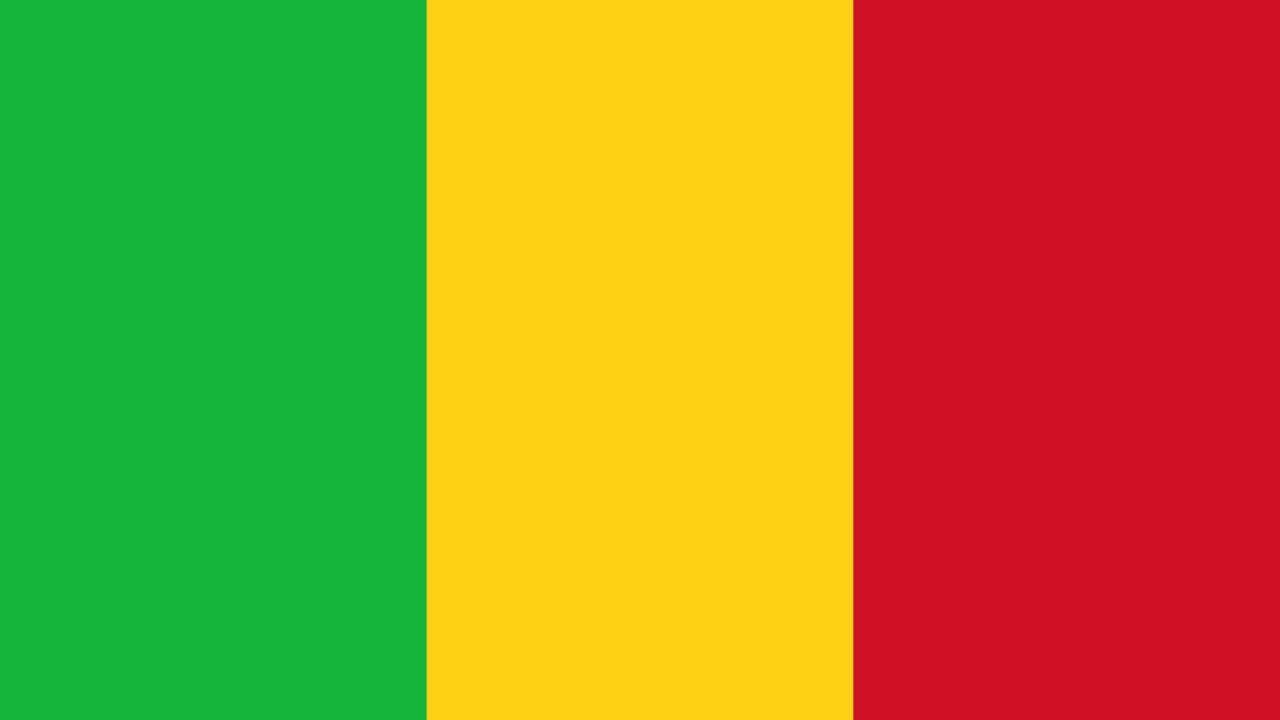20 Fascinating Facts About Mali
1. Mali is a landlocked country in West Africa. A landlocked country is completely enclosed by land with no access to the open sea. Currently, there are 45 landlocked countries and five partially recognised states in the world.
2. The discovery of rock art in the Sahara suggests that Mali has been inhabited since 10,000 BC when the Sahara was fertile and rich in wildlife.

3. The Mali Empire was one of the largest and most widely known pre-colonial African states. It was founded in the 11th century and lasted until the late 16th century when it was conquered by Morocco.
4. Mansa Musa, who was king of the Mali Empire from 1280 to 1337, is believed to be the wealthiest man who has ever lived.
5. The Songhai Empire was also located in Mali during the 15th and 16th centuries. A great trading state of West Africa, the empire centred on the Niger River and eventually extended all the way to the Atlantic coast and east into Niger and Nigeria.
6. The UNESCO-listed Tomb of Askia was built by Askia Mohamed, the Emperor of Songhai, in 1495. The complex includes a pyramidal tomb, two mosques, a cemetery and an open-air assembly ground.

7. In 1898, France colonised Mali and named it French Sudan.
8. In 1959, Mali gained independence as the Sudanese Republic (previously French Sudan) – part of the Mali Federation, an alliance linking Senegal and the Sudanese Republic (Mali).
9. In 1960, the federation dissolved and Mali became completely independent as the Republic of Mali.
10. Founded in the 5th century, the UNESCO-listed city of Timbuktu was a key trading post and centre of Islamic culture, particularly during the 15th and 16th centuries.
11. Mali’s Great Mosque of Djenné, constructed in 1907, is the world’s largest mud-brick building.

12. Every April, residents of Djenné maintain the walls of the mosque during a one-day festival called Crépissage (Plastering) where they reconstruct the walls with mud.
13. The Old Towns of Djenné are a UNESCO World Heritage Site comprised of nearly 2,000 traditional houses built on hillocks (toguere) as protection from seasonal floods. The town has been inhabited since 250 BC and was an essential link in the trans-Saharan gold trade.
14. By total surface area, Mali is Africa’s 8th largest country and the world’s 23rd largest.
15. At just 58.9 years, Mali has the world’s 11th lowest life expectancy. The global average life expectancy is 72.6.
16. Mali has a vertically striped green, yellow and red flag. The colours, which later came to be known as the “pan-African colours”, are also used in the national flags of Ethiopia, Ghana and Guinea.

17. Mali is recognised for its thriving music scene and its most famous musician is singer-songwriter Salif Keita, who is known as the “golden voice of Africa”.
18. Mali is home to the Festival au Désert, a music festival known as the “African Woodstock”. Unfortunately, the festival has not been held since 2012 due to security concerns.
19. Mali has the world’s fourth-highest fertility rate at 5.9, compared with the global average of 2.4.
20. Since independence, Mali has suffered from droughts, rebellions, coups and 23 years of military dictatorship. Following the 1991 coup, democratic elections were held in 1992 for the first time after General Traore seized power in 1968.



3 thoughts on “20 Fascinating Facts About Mali”